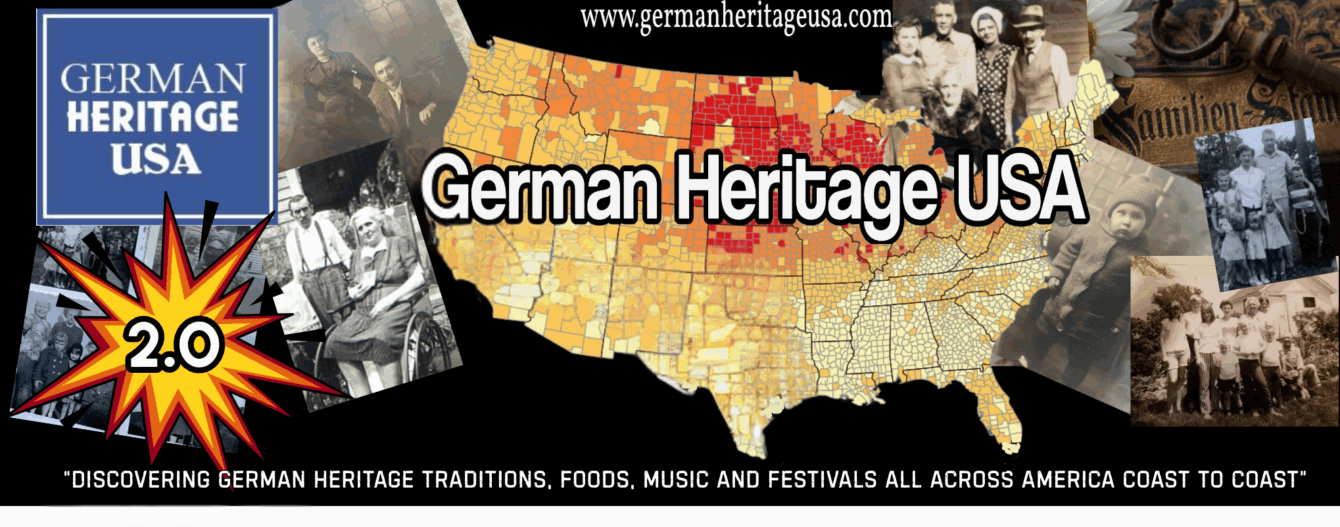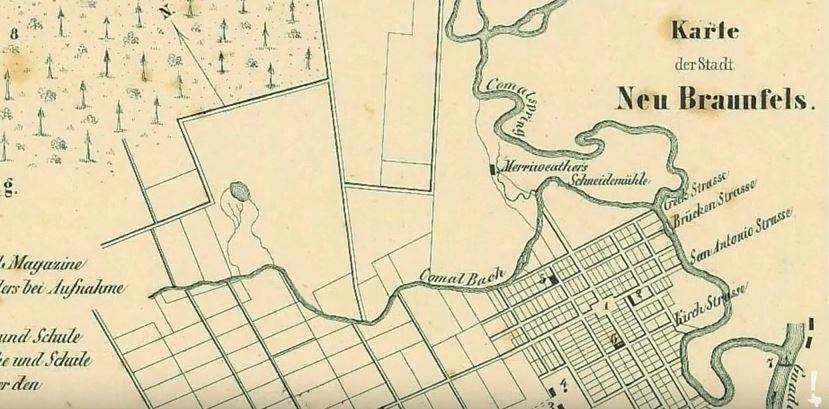Let’s play Cornhole, an interesting history that traces back to German immigrants in Cincinnati
Cornhole, sometimes called bean bag toss or bags, is an outdoor game loved by many. It goes way back and started with German immigrants in Cincinnati, Ohio1.
Its story starts with tales of a 14th-century German cabinetmaker and a Midwestern farmer named Jebediah McGillicuddy. They say it might have links to games by Native Americans. But, the real cornhole as we know it today began in the late 19th century. Then, Midwest farmers played by tossing dried corn kernels into small holes on wooden boards for fun2.
Since then, cornhole has grown into a popular game. It’s now a staple for outdoor gatherings, like barbecues and Fourth of July parties. But, it’s not just for casual fun. There are also professional tournaments where people can compete2.
In this writing, we’ll look deeper into cornhole’s interesting past, starting with those German immigrants in Cincinnati. Then, we’ll see how it became what it is now, a favorite game in the USA. Stick with us to learn all about its legends and stories1.
Key Takeaways
- Cornhole has a rich history that can be traced back to German immigrants in Cincinnati, Ohio.
- The game’s origins are shrouded in mystery, with various legends and myths surrounding its development.
- Cornhole has evolved from its humble beginnings to become a beloved American pastime, enjoyed at backyard barbecues, Fourth of July celebrations, and even professional tournaments.
- The game’s popularity has led to the establishment of official organizations and governing bodies, reflecting its growth and evolution over time.
- Cornhole’s enduring appeal lies in its simplicity, accessibility, and ability to bring people together for fun and friendly competition.
The Origins of Cornhole
The story behind cornhole, a favorite backyard game, is full of mysteries. Many legends talk about how the game began. Some say a farmer, Jebediah McGillicuddy, from the Midwest, invented it. Others share tales of Native American groups who played something like cornhole. But, the exact start of the game is still unknown3.









 Source: Texas Historical Comission
Source: Texas Historical Comission